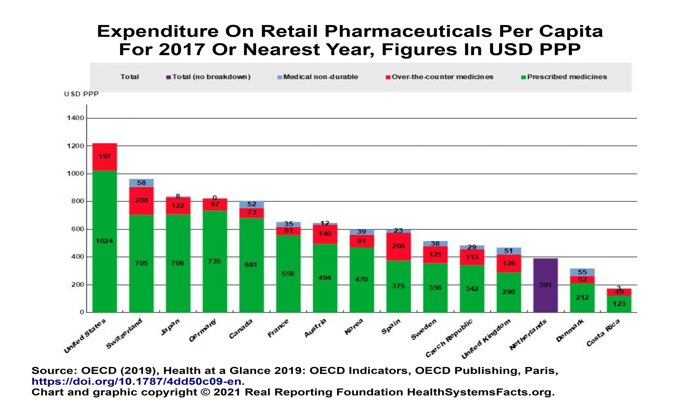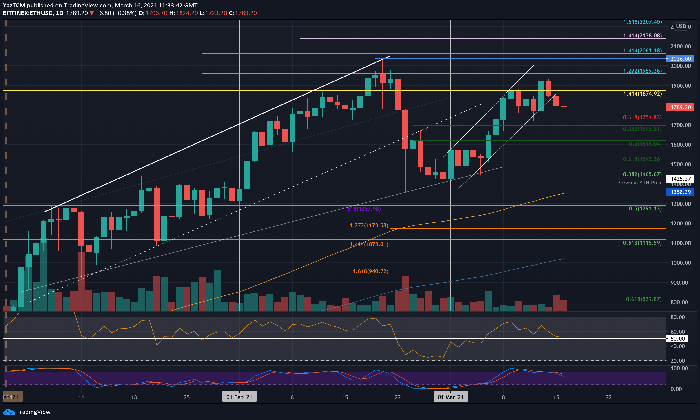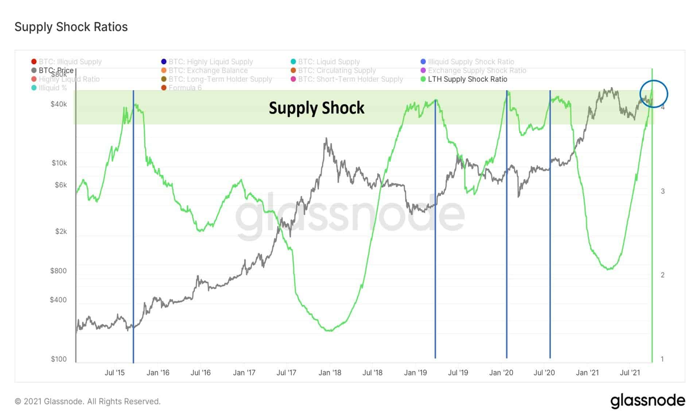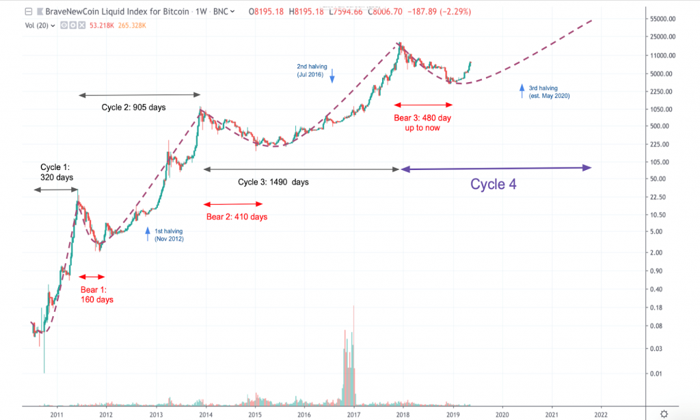Tariffs have become a central topic in discussions about international trade, representing taxes imposed on imported goods that can significantly affect economic dynamics. These government levies are not only designed to generate revenue but also aim to protect domestic industries by making foreign products more expensive. Understanding how tariffs work is crucial in navigating the complex landscape of trade, especially in light of the US tariff policy that has evolved over recent years. The impact of tariffs can ripple through economies, influencing everything from shipping costs to consumer prices, while different tariff categories like ad valorem and specific tariffs play unique roles in this intricate system. Moreover, the use of reciprocal tariffs has stirred significant debate, highlighting the fine line between protecting national interests and fostering global trade relations.
In economic discourse, trade barriers known as tariffs serve as pivotal instruments in regulating international commerce and safeguarding local markets. These financial duties levied on imports often spark heated debates over their effectiveness in boosting domestic production while managing the interplay between global trading partners. Various forms of these trade restrictions, such as import taxes and export levies, can manifest in diverse ways—ranging from specific fees to ad valorem percentages, collectively shaping national economic policies. More so, the narrative surrounding reciprocal trade barriers emphasizes the continuous tug-of-war between nations as they navigate complex trade relationships and strive for favorable conditions. As industries adapt to these evolving regulations, the broader implications of tariffs unfold across supply chains, consumer choices, and economic stability.
Understanding the Fundamentals of Tariffs
Tariffs are essentially taxes levied on imported goods, acting as a governmental tool to regulate trade and generate revenue. This mechanism not only impacts the pricing of foreign products but also serves as a protective barrier for domestic industries, pushing consumers towards local alternatives. The fundamentals of tariffs can be classified into four types: ad valorem, specific, compound, and mixed tariffs, each serving distinct purposes in trade regulation. Ad valorem tariffs, for instance, impose a percentage of the good’s value, while specific tariffs are fixed amounts per unit. Understanding these categories helps in grasping how tariffs function in the broader scope of international commerce.
Moreover, tariffs are not just about collecting taxes; they play a crucial role in shaping trade policies. For instance, the categorization of tariffs can significantly influence global market relations. An ad valorem tariff on luxury goods can restrict imports, while specific tariffs on vital agricultural products can affect food prices domestically. Thus, they not only influence how businesses operate but also impact economic relationships between trading nations, making it essential to comprehend the varied forms of tariffs to understand their implications on both local economies and global trade dynamics.
The Impact of Tariffs on Global Trade
Tariffs have profound implications for global trade, impacting everything from prices of consumer goods to international relations. When tariffs are imposed, they raise the cost of imported goods. This usually leads to higher prices for consumers, as businesses pass on these costs. Additionally, tariffs can create significant disruptions in supply chains, particularly for industries reliant on components manufactured abroad. For example, a country imposing high tariffs on imported steel increases operational costs for local manufacturers relying on this critical raw material, subsequently driving up the prices of finished products.
Furthermore, the introduction of tariffs often triggers retaliatory measures from other countries, leading to trade wars that can destabilize the global market. The US-China tariff war is a prime example of this, where the decision to impose tariffs spurred retaliatory tariffs that affected billions of dollars in trade. The cycle of increasing tariffs can lead to a situation where costs rise for consumers and reduce market competitiveness, ultimately resulting in inflation. Understanding the ripple effect of tariffs reveals how these fiscal tools can reshape not only markets but also broader economic policies across nations.
Exploring Tariff Categories and Their Functions
Tariffs can be categorized into four distinct types, each serving different functions in trade regulation and economic strategy. Ad valorem tariffs apply a percentage of the value of imported goods, making them adjustable to market conditions. Specific tariffs charge a fixed fee based on quantity, which simplifies revenue collection and forecast for the government. Compound tariffs blend both types, while mixed tariffs provide flexibility based on particular conditions, showcasing the diverse strategic uses of tariffs across different sectors.
These categories not only help governments protect local industries but also influence international trade negotiations. Countries may leverage specific tariff categories during trade discussions to secure favorable conditions for their industries. For instance, a nation experiencing high import competition might advocate for higher ad valorem tariffs on crucial goods to shield its domestic producers. Thus, comprehending these classifications is essential for understanding how tariffs function as instruments of policy and negotiation in a globalized economy.
Understanding US Tariff Policy: History and Evolution
The history of tariff policy in the United States is a reflection of changing economic priorities and international relationships. The Smoot-Hawley Tariff Act of 1930 exemplified a period of protectionism, aimed at safeguarding American markets during the Great Depression but ultimately resulting in retaliatory tariffs that exacerbated global trade issues. Over the decades, US tariff policies have evolved, integrating frameworks that consider national security, economic situations, and diplomatic relations with trading partners. This evolution demonstrates not just how tariffs are set but why they remain an essential aspect of trade strategy.
In more recent years, tariff policies have been shaped significantly by the executive branch, particularly during the Trump administration, which emphasized reciprocal tariffs to counter perceived unfair trade practices. This approach indicated a shift towards a more confrontational form of trade diplomacy. Understanding how US tariff policy has evolved over time provides critical insight into the ongoing debates over the balance between protectionism and free trade, as well as the potential economic outcomes tied to these decisions.
Reciprocal Tariffs and Trade Relations
Reciprocal tariffs are a notable feature of US trade relations, particularly under the Trump administration. This strategy involves imposing tariffs on imports in direct response to trade barriers set by other nations. The intention behind reciprocal tariffs is to rectify trade imbalances and encourage fair competition. For example, if a country imposes a 25% tariff on US imports, the US might respond with an equivalent or similar rate to apply pressure for negotiation. This tactic highlights the interlinked nature of global trade and how tariffs can serve as leverage in diplomatic conversations.
However, while reciprocal tariffs may aim to create fairness in trade relationships, they can result in significant disruptions. The escalation of trade barriers often leads to tit-for-tat scenarios, causing friction not only between the US and specific nations, like China, but also among allies who may find themselves caught in the crossfire. Such dynamics underscore the complexity of using reciprocal tariffs as a tool, balancing the immediate benefits for domestic industries against the long-term implications for international cooperation and market stability.
The Real-World Implications of the US-China Tariff War
The US-China tariff war represents a significant shift in how major economies conduct trade. Beginning in 2018, this conflict resulted in tariffs being levied on hundreds of billions of dollars’ worth of goods, deeply impacting various sectors. Farmers, manufacturers, and consumers all felt the repercussions, with farmers facing tariffs on essential exports like soybeans, leading to federal subsidies to offset losses. As both nations retaliated with tariffs, the economic landscape became fraught, reflecting the intricate ties between tariffs, global supply chains, and local economies.
Furthermore, the US-China tariff war highlighted the vulnerabilities within international trade agreements and the interconnected nature of the global economy. Costs for American consumers increased as tariffs were passed down, leading to inflationary pressures. The phase-one agreement aimed to alleviate some tensions was merely a patch on a much larger structural issue in global trade practices and policies. Consequently, evaluating the ramifications of this tariff war provides essential lessons for future negotiations and the broader understanding of tariffs as instruments of diplomacy.
Analyzing the Economic and Social Effects of Tariffs
The economic consequences of tariffs can be complex and multifaceted. On one hand, tariffs provide essential protection for domestic industries, enabling them to compete against cheaper imports. This can result in job creation within certain sectors. Conversely, higher prices resulting from tariffs often lead to decreased consumer purchasing power, impacting overall economic health. Small and medium-sized businesses, reliant on global supply chains, may struggle to adjust to increased import costs, ultimately facing higher operational challenges as tariffs persist.
Beyond the economics, tariffs also provoke significant social implications. Price increases driven by tariffs can exacerbate existing inequalities, as lower-income consumers may be disproportionately affected by rising costs for everyday goods. The debate surrounding tariffs thus transcends economic discussions, integrating social aspects that touch on fairness and accessibility. By understanding both the economic and social effects tariffs bring, stakeholders can engage in more nuanced discussions about the true costs and benefits of such policies.
The Role of Tariffs in Economic Strategy and National Security
Tariffs are not just instruments of trade; they are critical components of a nation’s economic strategy and can reflect broader national security concerns. In many instances, countries impose tariffs to protect vital domestic industries that are deemed crucial for national security. For example, in defense-related industries, tariffs may be used to safeguard against foreign competition that could compromise national interests. Understanding the intertwining of economic and security motivations helps illuminate the rationale behind many tariff implementations.
Furthermore, as global tensions escalate, tariffs can be a means for countries to solidify their economic autonomy. In an increasingly multipolar world, the leverage that tariffs provide can be a strategic tool in asserting a nation’s economic independence. The balancing act between pursuing protective measures and engaging in global trade raises essential questions for policymakers regarding the long-term sustainability of such strategies. Evaluating tariffs through the dual lens of economic strategy and national security is crucial for understanding their broader implications in today’s geopolitical landscape.
The Ongoing Debate: Criticism and Support of Tariff Policies
The debate over tariffs is often polarized, with strong arguments for and against them. Critics of tariffs, especially those resulting from the Trump administration’s policies, argue that they can create economic distortions and stifle growth. The imposition of reciprocal tariffs is seen by some as a dangerous precedent that undermines traditional legislative processes and can lead to unintended economic consequences, including job losses and price increases for consumers. From this perspective, the argument centers on fairness and the potential adverse effects on the economy.
On the other hand, advocates for tariffs argue that protective measures are necessary for supporting domestic industries that face unfair competition from foreign markets. Proponents emphasize that tariffs can help retain jobs and bolster local economies, especially in sectors highly affected by globalization. This ongoing debate underscores the need for a balanced approach to tariff policy, recognizing both its potential pitfalls and advantages in fostering a resilient and competitive economic landscape.
Frequently Asked Questions
How do tariffs work and affect international trade?
Tariffs are taxes imposed on imported goods, designed to increase their price in the domestic market. For instance, a 30% tariff on steel raises the cost for importers, who then pass these costs onto consumers and downstream businesses, influencing overall price levels and purchasing decisions. By controlling how goods enter the market, tariffs can protect domestic industries from foreign competition, but they may also lead to inflation and affect global supply chains.
What are the different categories of tariffs and how do they function?
Tariffs can be categorized into four main types: ad valorem tariffs, which are based on a percentage of the good’s value; specific tariffs, fixed fees based on quantity; compound tariffs, a combination of both; and mixed tariffs, which may apply either duty depending on conditions. Each type aims to regulate trade differently, influencing import prices and domestic market competition.
What is the impact of tariffs on consumers and domestic producers?
The impact of tariffs on consumers can be significant, leading to higher prices on everyday goods from electronics to clothing due to increased import costs. On the other hand, domestic producers may benefit as tariffs protect them from cheaper foreign competitors, potentially increasing their sales. However, producers using imported components can face rising input costs due to tariffs, which may offset their profits.
What role do reciprocal tariffs play in US trade policy?
Reciprocal tariffs are imposed by a country in response to tariffs set by another, aiming to balance trade relationships and protect domestic industries. The Trump administration utilized reciprocal tariffs to counter perceived unfair trade practices, with the objective of prompting other countries to lower their barriers, although this approach has sparked debate about its broader economic implications.
How did the US-China tariff war reshape trade relations?
The US-China tariff war, initiated in 2018, resulted from extensive tariffs on billions of dollars worth of goods due to trade imbalances and unfair practices. This conflict disrupted global supply chains and escalated the costs for businesses and consumers. While some tariffs were alleviated through agreements, many remained in place, indicating a significant shift in US trade policy and relations with China.
Why are tariffs important for global markets?
Tariffs serve as crucial instruments for governments to influence economic policy, protect local industries, and alter global trade dynamics. Decisions surrounding tariffs can affect supply chains, manufacturing locations, and prices internationally. For nations with significant economies, tariff policies can reshape market strategies and economic relations, making them a vital topic in global trade discussions.
Who has the authority to set tariffs in the US?
In the US, tariff policy is formed through a combination of Congressional authority and executive power. While Congress regulates trade, the president has been granted considerable authority to modify tariffs for national security and economic reasons. The Office of the US Trade Representative plays a pivotal role in negotiating trade agreements and formulating tariff strategies, coordinating closely with the president and Congress to implement trade policy.
What criticisms exist regarding Trump’s reciprocal tariff policy?
Critics argue that Trump’s reciprocal tariff policy circumvents Congressional oversight and sets a risky precedent for executive power in economic decisions. Detractors believe these tariffs could harm American businesses more than their intended foreign targets, potentially leading to increased costs for consumers and negative impacts on employment. Legal challenges have emerged, emphasizing concerns over the sustainability and implications of such tariff measures.
| Tariff Type | Description |
|---|---|
| Ad valorem tariffs | Calculated as a percentage of the good’s value. |
| Specific tariffs | Fixed fees based on the quantity of goods, e.g., $5 per kg of sugar. |
| Compound tariffs | Combination of specific and ad valorem duties applied to the same goods. |
| Mixed tariffs | May apply either a specific or ad valorem duty depending on conditions. |
Summary
Tariffs, an essential component of international trade policy, are taxes imposed by governments on imported goods, designed to regulate trade and protect domestic industries. These tariffs can take various forms, including ad valorem, specific, compound, and mixed tariffs, each serving to influence market dynamics in different ways. Understanding how tariffs operate is crucial, especially in light of their impact on global trade relations, consumer prices, and domestic production. As nations strategize their economic policies, tariffs remain a key factor in shaping the landscape of global commerce.
Tariffs are a critical component of global trade policy that can significantly alter economic landscapes. These taxes levied on imported goods are designed to influence international trade flows and protect domestic industries by increasing the cost of foreign products. Understanding how tariffs work is essential for grasping the complexities of the current economic climate, particularly within the context of the U.S. tariff policy, which has seen dramatic shifts in recent years. Notably, reciprocal tariffs, where governments respond to each other’s trade barriers, have become a focal point in discussions about trade imbalances and competition. The impact of tariffs extends beyond simple taxation; they can drive higher prices for consumers and reshape supply chains in unforeseen ways.
When discussing trade measures, the term “trade duties” often comes to mind, encapsulating the essence of tariffs. These financial protections are utilized by governments to regulate the influx of foreign merchandise, often categorized under various tariff classifications. Terms like “import taxes” and “customs duties” are sometimes used interchangeably, yet all concern the economic implications of trade barriers. The implementation of such fees can substantially influence both local economies and international relations, especially amid changes in trade policy landscapes. A deeper dive into these duties reveals not just their mechanisms but also their profound effects on everyday consumers and businesses alike.















Leave a Reply